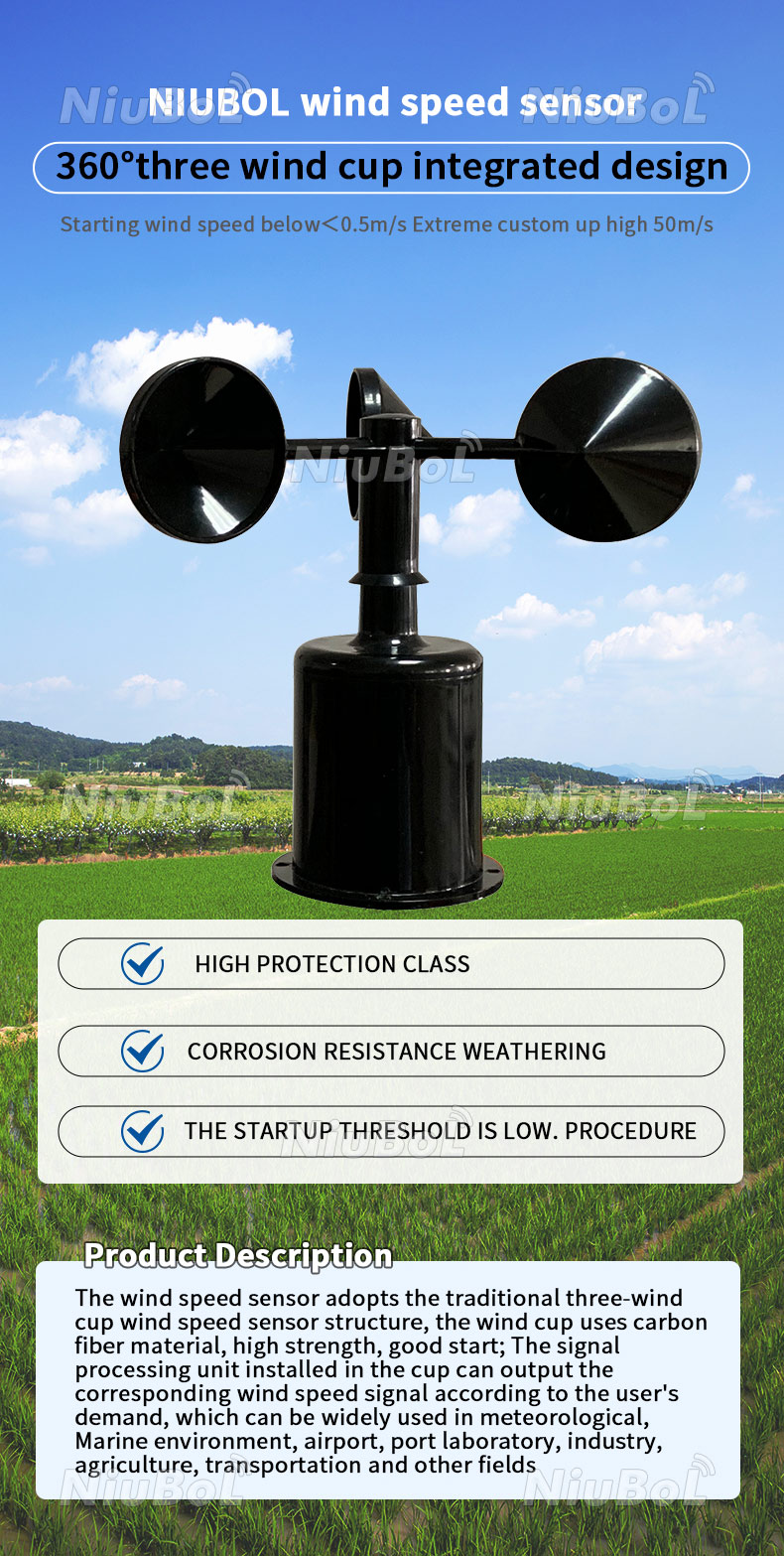How to Preserve and Look After Your Anemometer to Ensure Durability
All You Required to Understand About Anemometers: How They Function, Why They Matter, and Where to Use Them
Anemometers, however typically overlooked in the realm of clinical instruments, play a critical duty in different fields, supplying valuable insights into wind speed and airflow patterns. As we dig into the details of anemometer modern technology, we will certainly reveal the internal workings of these devices, their relevance, and the essential considerations when choosing the appropriate anemometer for certain applications.

Anemometer Fundamentals
A vital instrument made use of to determine wind rate and direction, the anemometer plays an essential role in meteorology and numerous industries. An anemometer commonly is composed of three or four cups that revolve in the wind, a vane that directs into the wind, and sensing units to track the motions or rotations.
There are different types of anemometers offered, consisting of cup anemometers, vane anemometers, hot-wire anemometers, and sonic anemometers, each with its distinct features and applications. Cup anemometers are commonly utilized for basic wind rate dimensions, while vane anemometers are preferred for directional measurements.
Concepts of Anemometer Procedure
Structure on the foundational understanding of anemometer fundamentals, the principles of anemometer operation elucidate the mechanics behind wind rate and direction measurements. Anemometers operate on the concept of air flow impacting a sensor, triggering it to rotate. Cup anemometers, for circumstances, have three or even more cups that capture the wind, triggering them to spin quicker as the wind rate rises. The turning rate is then transformed right into a wind rate dimension. Vane anemometers, on the various other hand, use a tail or a probe that aligns itself with the wind instructions, offering a dimension of wind instructions based upon the positioning of the sensor. Hot-wire anemometers rely upon a heated wire that cools down as wind passes over it, with the rate of cooling down determining the wind rate. Ultrasonic anemometers measure wind speed and instructions by assessing the moment it takes for ultrasonic signals to travel in between transducers. Recognizing these concepts is crucial for accurate and reliable wind dimensions in numerous applications.
Importance of Anemometers
Anemometers play an important function in determining wind speed and direction, offering vital information for weather condition forecasting, climate research studies, environmental monitoring, and aeronautics procedures. Meteorologists count on anemometers to collect precise wind data, helping them understand weather patterns, anticipate storms, and concern prompt cautions to the public. Wind farm operators utilize anemometers to assess wind problems and make best use of electrical energy production from wind generators.
Applications Throughout Different Industries
Applications of anemometers cover across diverse markets, showcasing their adaptability and energy past weather forecasting. In the renewable energy field, anemometers play an important function in examining wind conditions for wind ranch positionings, making certain optimum energy manufacturing. Industries like building and construction and mining utilize anemometers to keep track of wind speeds, essential for safety methods, particularly when operating at elevations or in open-pit mines where strong winds can posture dangers. Anemometers are also integral in the air travel industry, helping pilots in understanding airspeed and wind instructions for safe liftoffs and touchdowns. The maritime industry take advantage of anemometers for ship navigation, aiding seafarers anticipate climate modifications and readjust courses appropriately. In agriculture, anemometers assist farmers in taking care of crop splashing by offering real-time information on wind speed to prevent drift. Additionally, anemometers locate applications in cooling and heating systems to maximize air flow and improve energy effectiveness in structures. The diverse use instances of anemometers highlight their relevance across various markets, highlighting their important duty in enhancing operational safety and effectiveness (anemometer).

Choosing the Right Anemometer for Your Requirements
Picking the appropriate anemometer tailored to your details requirements is necessary for getting accurate wind rate and direction measurements. When selecting an anemometer, think about variables such as the desired application, required measurement range, environmental conditions, and preferred features. For general purposes, a cup anemometer is appropriate for measuring wind speed, while a vane anemometer provides wind direction data. Hot-wire anemometers are ideal for low airspeed measurements, and ultrasonic anemometers provide high accuracy and resilience.

Final Thought
To conclude, anemometers play a crucial duty in determining wind speed and direction throughout different industries. Recognizing the concepts Continued of anemometer operation is important for picking the best tool for details demands. From weather forecasting to air travel, anemometers are crucial tools for making certain and accumulating exact data safety in different applications. It is essential to think about the significance of anemometers in order to make educated choices when selecting the most suitable gadget for measuring wind conditions.
There are different types of anemometers readily available, including cup anemometers, vane anemometers, hot-wire anemometers, and sonic anemometers, each with its one-of-a-kind attributes and applications. Cup anemometers are commonly utilized for fundamental wind rate dimensions, while vane anemometers are favored for directional measurements. Hot-wire anemometers are look at these guys appropriate for reduced airspeeds, and sonic anemometers are ideal for high-precision measurements in research study and commercial setups.Structure on the fundamental understanding of anemometer basics, the concepts of anemometer operation elucidate the mechanics behind wind speed and direction dimensions. For basic functions, a cup anemometer is suitable for gauging wind speed, while a vane anemometer offers wind direction data.